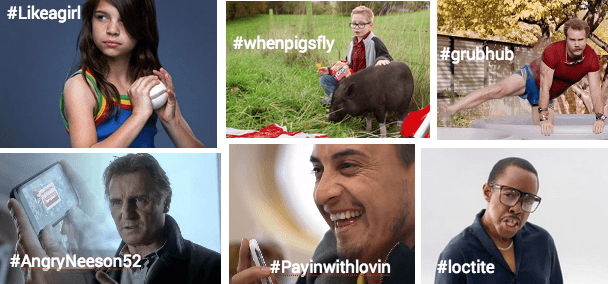2015 Superbowl commercials try a different play
2 min read
By EMILY HANSON
This year marked a change in the typical milieu of SuperBowl ads and commercials, namely that most of the ads could be viewed before the game itself aired.
However, the commercials that actually aired onto TV during the Super Bowl were not the only commercials.
Lesser-known brands and products that could not afford the 30 second spots on television aired their own Super Bowl ads online. They promoted their products by posting a new ad coinciding with the Super Bowl, rather than vying for a pricy game day spot.
The entire marketing experience around the Super Bowl commercials has changed over the past few years. Posting the ads early for people to view them and build buzz has been a recent phenomenon. The ads then live on after game day through various websites that ask people to vote on the best and worst ads of the game. Numerous articles are also written critiquing the ads.
The commercials this year highlighted controversial issues, including gender standards, online bullying and child safety. These ads generate a discussion of their quality and their content, which in turn can help spread awareness of certain issues.
For example, instead of trying to run a 4.5 million dollar SuperBowl ad, Newcastle Brown Ale poked fun at Doritos and the expensive air buy. Newcastle created a fake commercial for the snack chips and posted it online. Throughout the ad Newcastle products were on display.
Larger businesses also decided to opt out of creating a game day ad. Automakers GM and Ford were two of a large number of businesses that did not air commercials this year.
Volvo decided to try a different kind of marketing campaign instead of airing an ad on game day. The company asked fans to tweet the name of a person they would like to nominate for a free car and why they are nominating that person. The tweet had to be accompanied with #VolvoContest every time a car commercial aired during the Super Bowl.
These ads took over Twitter for the evening, with a majority of the trending topics throughout the night focused not only on the game itself, but also on the ads. Most of these ads featured a convenient hashtag at the bottom of the screen or at the end of the commercial, compelling Twitter to engage in hashtags such as #paywithlovin’, #dreamingwithjeff, #likeagirl, #AngryNeeson52, #HeroesReborn, #grubhub, #loctite and #whenpigsfly.
The success of an ad during the Super Bowl has a lot to do with the tone of the ad and how well it is executed. The high cost of not just buying the air time, but the entire strategy used around the ads is leading to less accessibility to this marketing platform yet more creative ways for companies to utilize the Super Bowl spotlight without airing traditional spots during the game.










